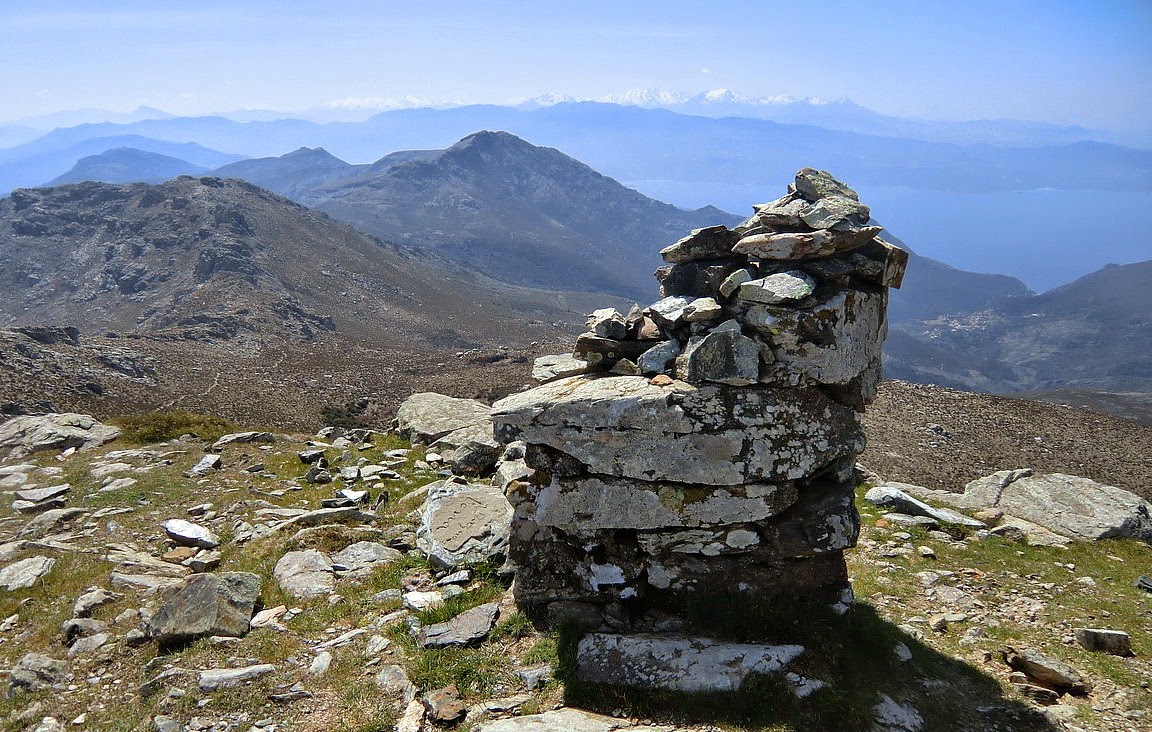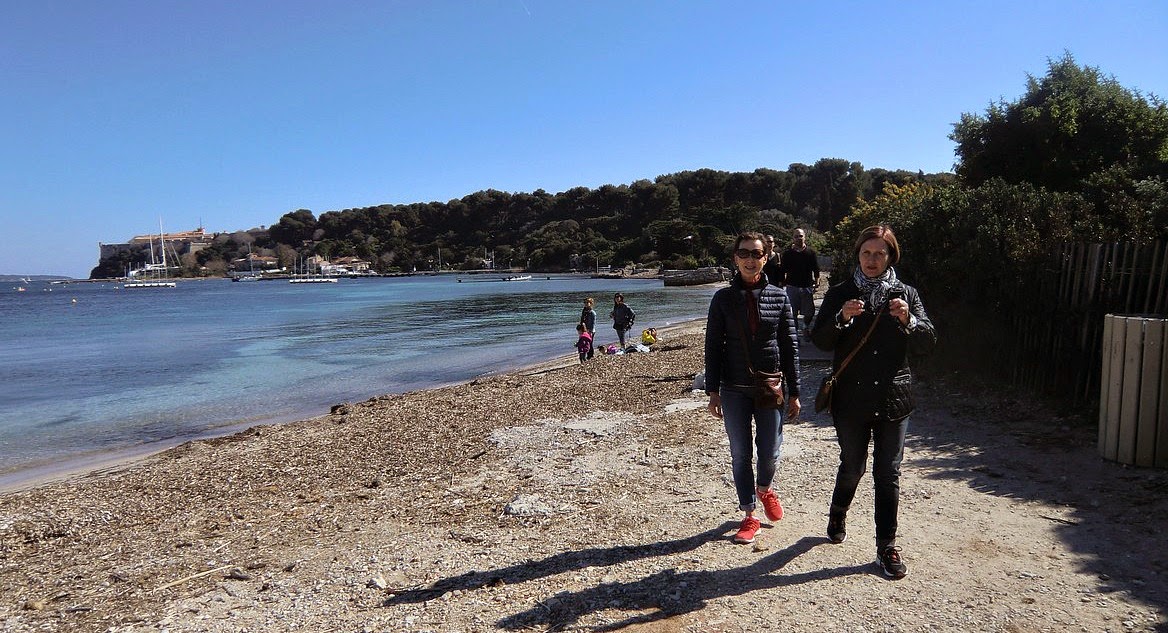Fiadone, Corsican cheesecake
On our recent trip to Corsica we had several times fiadone as dessert. It was delightful, light with a distinct lemon taste and never too sweet. Fiadone could be described as a kind of flan without pastry case. The Americans would call it cheesecake without pastry bottom.
At home I found several Corsican fiadone recipes. Some were made with vanilla, some with Corsican eau de vie. In those versions we had in Corsica I only tasted the lemon. But all recipes stressed that authentic fiadone can only be made of Corsican fresh brocciu, although some mentioned that you can use ricotta if you cannot find brocciu in your region.
Here in Nice we can easily find brocciu in supermarkets. The following recipe is my twist of fiadone. I serve it straight from individual ramekins, which makes this simple dessert even easier to make.
4 servings
200 g fresh brocciu
2 large eggs
2 tbsp sugar
½ organic lemon, zest and a little juice
Butter for the ramekins
Preheat the oven to 180⁰ C.
Place the brocciu in a bowl and crush with a fork. Wash the organic lemon and zest half of it. Mince the zests and mix with the brocciu.
In another bowl whisk the eggs, sugar and a little lemon juice until foamy. Add the brocciu and mix everything until well blended. Generously butter the ramekins and divide the egg-brocciu mixture into them.
Bake for 25- 30 minutes until golden brown. Let cool. Cover and refrigerate until ready to eat. Fiadone can be made a day before serving.
Fiadone tastes especially good covered with fresh sliced strawberries.



















































